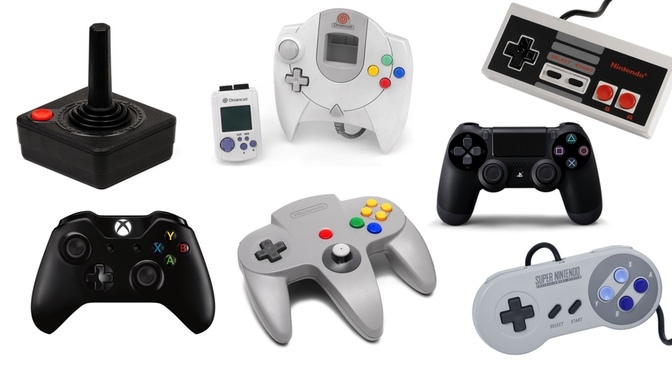From 8-Bit Games to Virtual Worlds
作者: Fun boy

There was a time when gaming meant sitting in front of a tiny TV, holding a plastic controller, and guiding an 8-bit Mario across blocky worlds. The graphics were simple, the music was repetitive, but the joy was unmatched. Those early games weren’t just entertainment—they were magic in pixels.
Fast forward to today, and the world of gaming has transformed beyond imagination. Consoles, PCs, and even our phones now offer lifelike graphics, cinematic sound, and stories that sometimes feel deeper than movies. What once took a few kilobytes now takes gigabytes, and the journey from 8-bit sprites to virtual reality has been nothing short of revolutionary.
In the 90s and 2000s, gaming grew from living rooms to a global culture. Multiplayer modes let friends play together, and online servers made it possible to compete with strangers from across the world. Games became social spaces—places where friendships were formed, rivalries built, and communities born.
And then came Virtual Reality (VR). With a headset and motion controls, gamers now step inside the game itself. You don’t just press a button to swing a sword—you actually move your hand. You don’t just watch a world—you walk through it. VR made gaming not just entertainment, but an experience.
Today, gaming is bigger than movies and music combined. Esports players fill stadiums, streamers attract millions of viewers, and developers keep pushing boundaries. From 8-bit pixels to hyper-realistic graphics, gaming has proven that technology doesn’t just change machines—it changes the way we play, connect, and imagine.
For many, gaming is no longer “just a game.” It’s a journey through worlds both real and unreal, and the story of how far we’ve come is just as exciting as the games themselves.
浏览量: 4显示所有评论
评论
发表您的想法